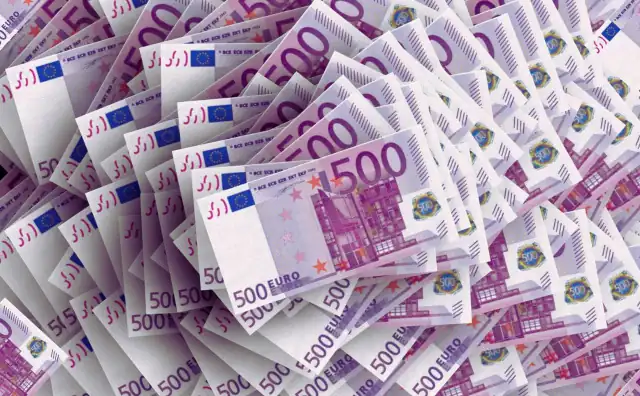
Sofia, June 25 – As Bulgaria prepares to adopt the euro, concerns are mounting over the risk of counterfeit banknotes entering circulation, particularly targeting vulnerable groups such as pensioners and citizens unfamiliar with the new currency.
In a recent segment aired by Nova TV, journalist Nelly Todorova delved into the issue as part of the program “The Euro – Questions and Answers”, warning that counterfeit operations are ramping up with alarming precision.
With more than 29 billion euro banknotes currently in circulation—valued at over €1.5 trillion—European Central Bank (ECB) data shows that in the past year alone, approximately 554,000 fake notes were detected and removed.
While this figure represents just 18 counterfeit notes per one million, the potential impact on individuals and small businesses can be significant, especially during the early stages of Bulgaria’s currency changeover.
According to financial experts, counterfeiters are deliberately targeting those least familiar with the euro: the elderly, small shop owners, and rural communities.
These groups are seen as less likely to scrutinize banknotes, making them easy targets for financial fraud. The quality of modern forgeries has also improved, making visual identification more challenging without awareness of specific security features.
Two Series, Multiple Safeguards
To distinguish genuine euros from counterfeits, it’s essential to understand the structure of the currency. There are currently two series of euro banknotes:
-
The original series, which includes seven denominations: €5, €10, €20, €50, €100, €200, and €500.
-
The “Europa” series, which features updated security elements and excludes the €500 note.
Each denomination incorporates advanced anti-counterfeit technology, varying by value. Lower denominations have holograms and color-shifting golden stripes, while higher ones use advanced holograms with color-changing ink.
The Europa series is particularly robust. It introduces Cyrillic lettering, a nod to Bulgaria’s entry into the eurozone, and a portrait of Europa, the figure from Greek mythology. Among its standout features are:
-
Embossed printing: The note’s surface includes raised textures on edges and denomination numbers.
-
Portrait watermark: When held to light, a shadowy figure of Europa becomes visible.
-
Portrait window: A transparent section displaying Europa’s face – a security detail extremely difficult to replicate.
-
Emerald green number: A shimmering number that shifts from green to dark blue as the note is tilted.
-
Satellite holograms: Present on €100 and €200 notes, these depict euro symbols orbiting the denomination in motion.
Practical Advice for Citizens
Authorities stress that everyday users don’t need to memorize all features to stay safe. Instead, the emphasis is on basic caution and using trusted venues for currency exchange. “Avoid street exchanges and unregulated vendors,” Todorova advised. “Stick to banks and official institutions, especially during the currency transition.”
With the euro on the horizon for Bulgaria, raising public awareness about counterfeit prevention is critical. By familiarizing themselves with key visual markers and adhering to safe exchange practices, citizens can confidently embrace the new currency—without falling victim to fraud.
